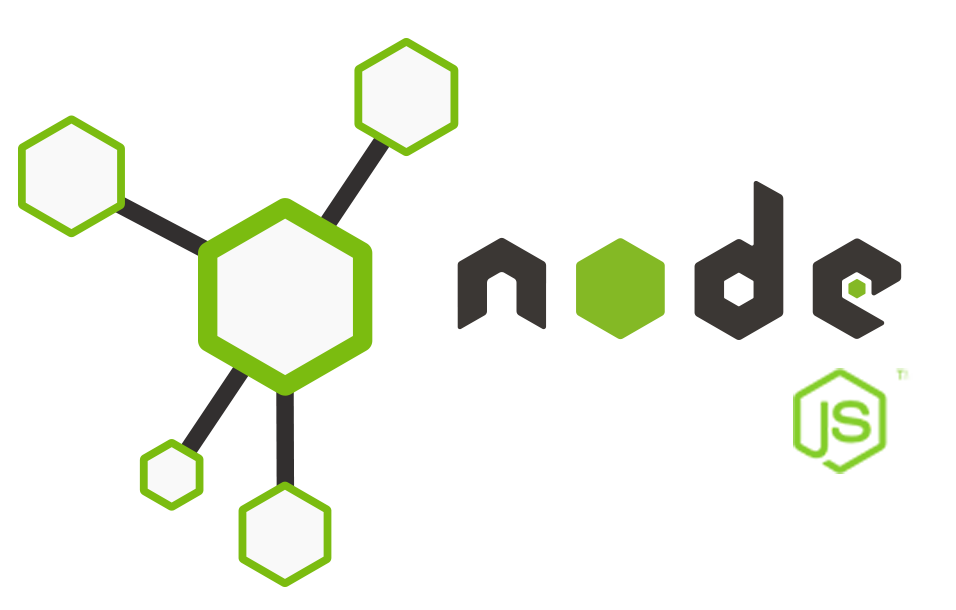Rise by Six: Your Daily Dose of Inspiration
Explore insights and stories that elevate your day.
Node.js Noir: Coding Your Way Through the Shadows
Uncover the dark side of coding with Node.js Noir. Master the art of server-side development and turn shadows into solutions!
Exploring Asynchronous Programming in Node.js: Mastering the Shadows
Asynchronous programming is a fundamental aspect of Node.js that enables developers to build scalable and efficient applications. Unlike traditional synchronous programming, where tasks are executed sequentially, asynchronous programming allows multiple operations to run concurrently. This is particularly beneficial in a non-blocking architecture, where I/O operations, such as reading files or querying databases, do not hinder the execution of other code. In Node.js, developers can harness the power of callbacks, promises, and the more recent async/await syntax to elegantly manage these asynchronous operations, thus enhancing performance and responsiveness.
To truly master the shadows of asynchronous programming, it's essential to understand the different approaches available. Here are some key concepts:
- Callbacks: Functions passed as arguments that execute after a task completes. While straightforward, they can lead to callback hell when nested.
- Promises: Objects that represent the outcome of an asynchronous operation, providing a cleaner alternative to callbacks.
- Async/Await: Syntactic sugar built on promises that allows you to write asynchronous code in a more synchronous style, making it easier to read and maintain.
By integrating these techniques, developers can tackle complex asynchronous tasks in Node.js with confidence, enabling smooth and efficient application workflows.

Building a RESTful API with Node.js: A Step-by-Step Guide
Building a RESTful API with Node.js is a rewarding endeavor for developers looking to create scalable web applications. In this step-by-step guide, we will explore the essential principles of REST architecture and how to implement them using Node.js. Before diving into the code, it is important to understand that a RESTful API relies on standard HTTP methods such as GET, POST, PUT, and DELETE to perform operations on resources. As we proceed, we will cover setting up your development environment, configuring your server, and defining your API endpoints.
First, ensure that you have Node.js installed on your machine. Next, create a new directory for your project and initialize it using npm init. This will generate a package.json file that will manage your project dependencies. Once initialized, install Express, a minimalist web framework for Node, by running npm install express. In the subsequent sections, we will implement the required routes and utilize a middleware to handle JSON requests, allowing our API to interact seamlessly with client-side applications. By following this guide, you’ll have a fully functional RESTful API up and running in no time!
Common Node.js Performance Pitfalls: How to Avoid Coding in the Dark
When developing applications with Node.js, it's essential to be aware of common performance pitfalls that can hinder your application's efficiency. One significant issue is the misuse of callbacks and asynchronous functions, which can lead to callback hell. This term refers to the situation where multiple nested callbacks become difficult to manage and understand. A better approach would be to utilize Promises or async/await syntax, allowing for cleaner code and improved readability. Here's a quick list of strategies to avoid such pitfalls:
- Use Promises for better error handling.
- Implement async/await for clearer flow control.
- Avoid deep nesting of callbacks.
Another common performance pitfall in Node.js development is improper handling of database connections. Failing to close connections can lead to memory leaks and slow performance. Additionally, repeatedly opening new connections for each request can overload your server. To avoid this, consider using connection pooling or a dedicated database client that manages connections efficiently. Moreover, always monitor your application’s performance with relevant tools to catch these issues early on. Remember, consistent monitoring is key to:
1. Identifying bottlenecks.
2. Improving resource management.
3. Enhancing overall application performance.